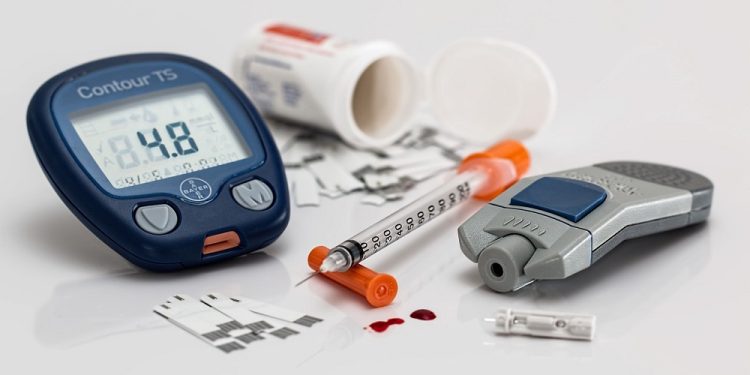
National American Diabetes Association Alert Day
National American Diabetes Association Alert Day is designed to raise the American public’s awareness about the consequences of diabetes. Every year, approximately 1 out of 10 Americans are directly impacted by diabetes, and approximately 1 in 7 adults in the U.S. don’t even know they have it.
Type 2 diabetes is of particular interest for this holiday because this condition is more preventable than Type 1 diabetes, although it should be said that both conditions are treatable once they’re acquired. That’s why everyone should observe this holiday on the fourth Tuesday in March.
The History of National American Diabetes Association Alert Day
This holiday was first created in 1986 by the American Diabetes Association. The purpose of this holiday was to raise Americans’ awareness about the consequences of not keeping diabetes well-managed. Ever since this holiday was created, it has been a part of this organization’s education and prevention program.
Interesting Facts About Diabetes
To help in the campaign to raise the public’s awareness about the dangers of not diagnosing and treating diabetes, we’ve decided to list some of the facts that we’ve learned about diabetes during the course of our research.
- There are 3 types of diabetes: Type 1, Type 2, and Gestational Diabetes.
- Most people with diabetes have Type 2 Diabetes.
- Type 1 Diabetes is most common in younger people.
- Type 2 diabetes is preventable by maintaining a healthy weight, eating a proper diet, and exercising.
- Diabetes is a major cause of amputation, kidney disease, blindness, and other conditions.
Observing National American Diabetes Association Alert Day
As we said in our introduction, this is a holiday that everyone should observe in the U.S. If you’re diabetic, this is a day to go over your treatment plan and make sure that you’re properly controlling your diabetes.
If you haven’t been diagnosed with diabetes, then maybe this day is a day to get tested for diabetes. Diabetes is a condition that can be managed with exercise, diet, and medication, so everyone should get tested and, if diagnosed, treated as soon as possible.








